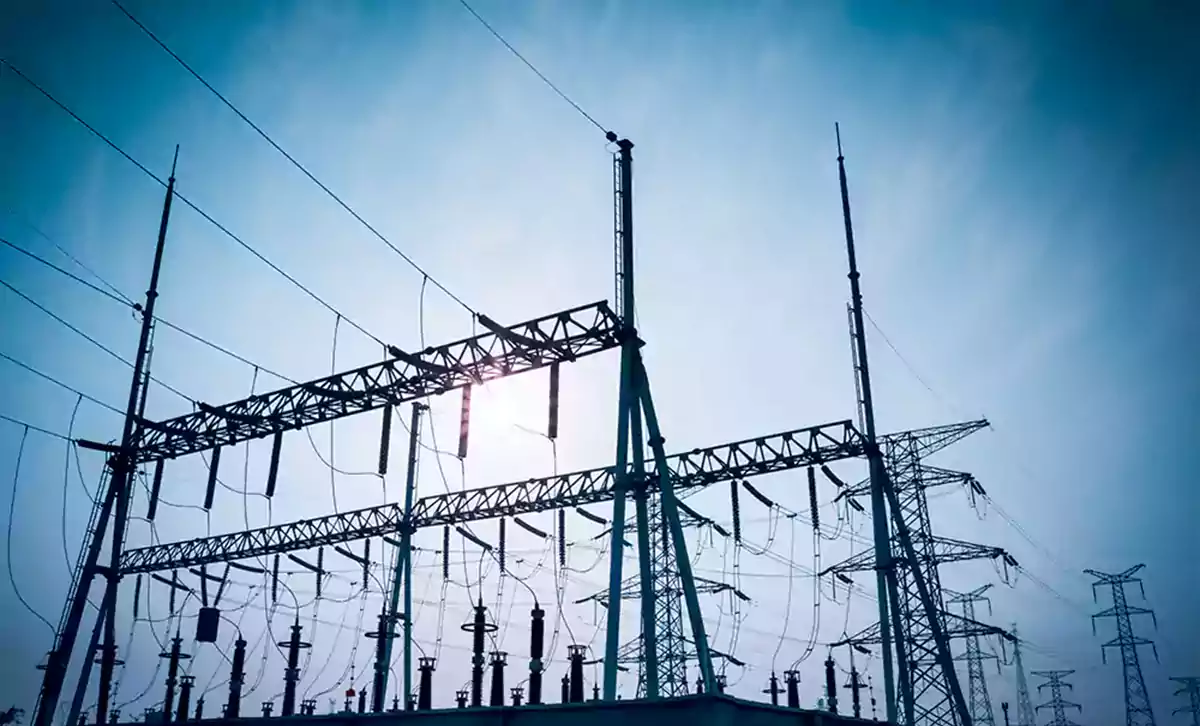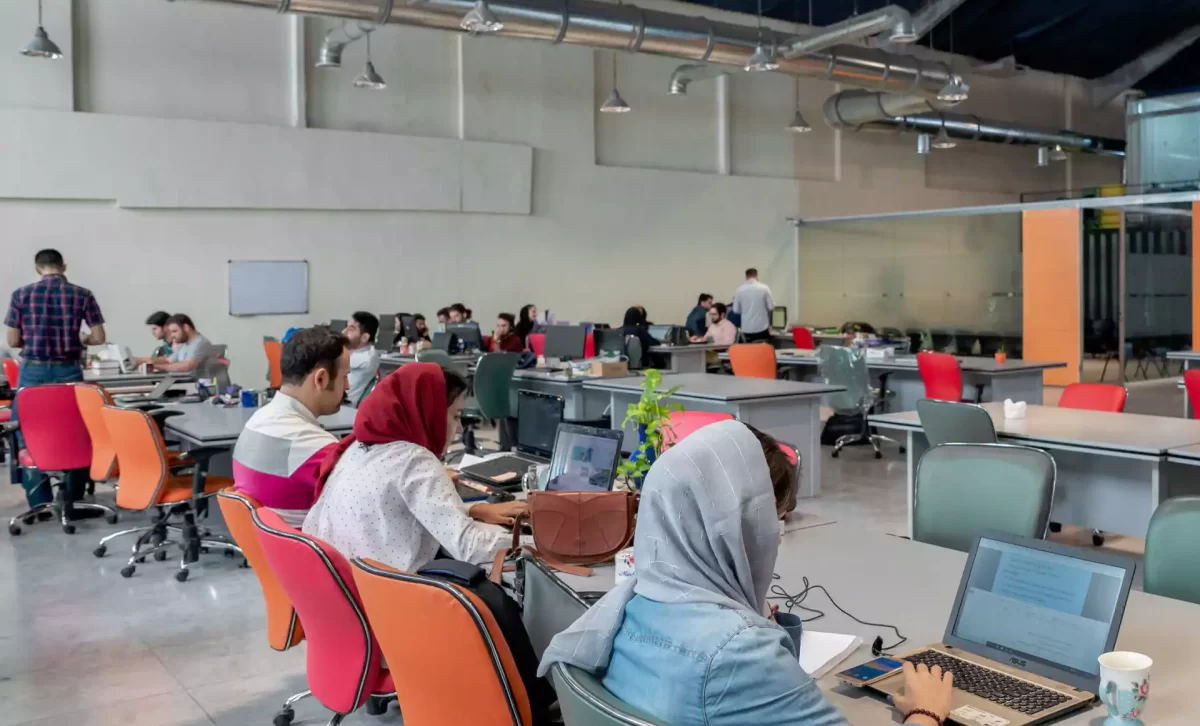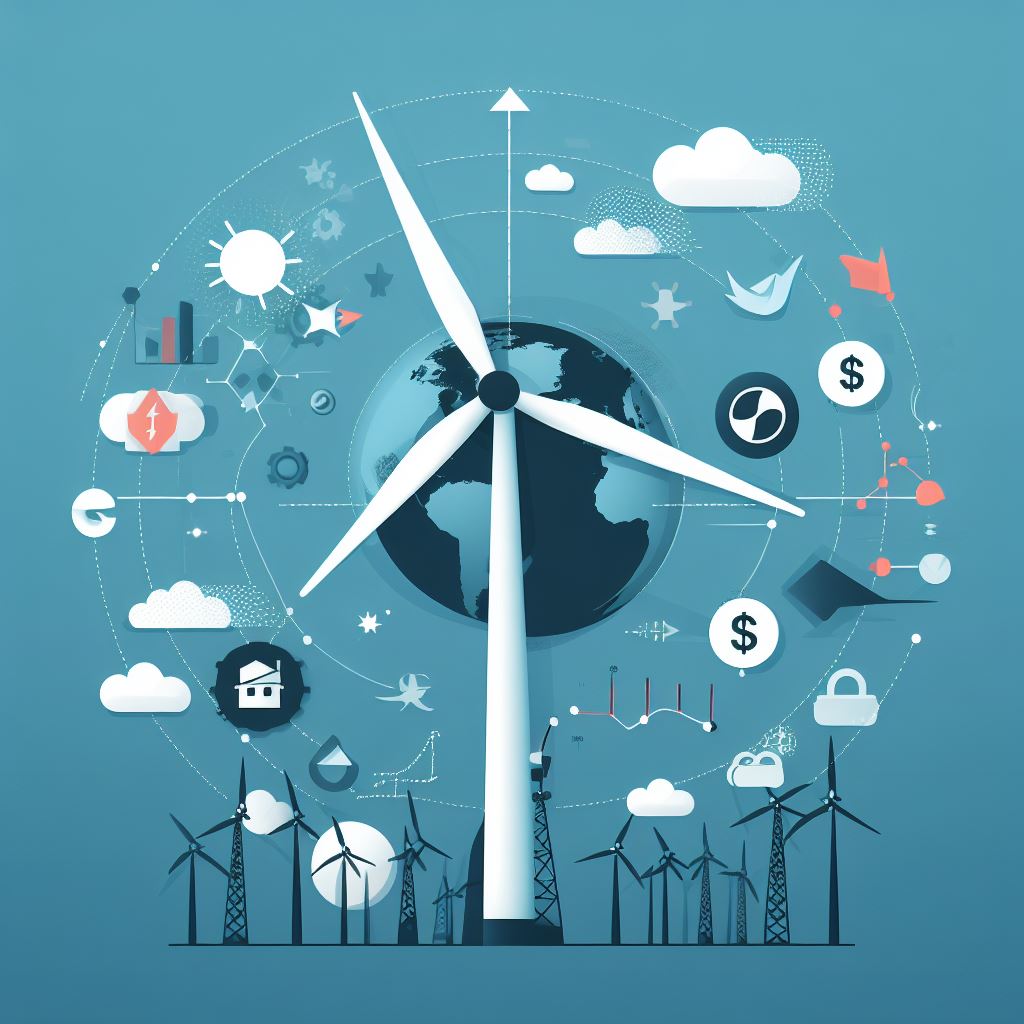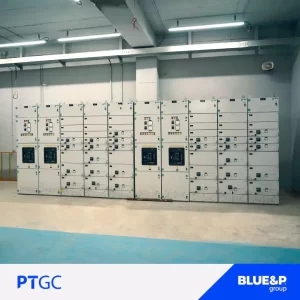Wind power is one of the fastest-growing energy sources in the world. In addition to many benefits, wind energy also has many challenges. This article will discuss the benefits of wind energy and the challenges that need to overcome.
Cost – effective
The wind in the world is one of the cheapest sources of energy. The power generated from the wind farm (turbines) is sold for a long period (i.e. more than twenty years) at a fixed price and the source is free; hence wind energy reduces the uncertainty of fuel costs.
Job creation
The wind energy sector is one of the busiest developing plants due to the range of operational sectors. According to forecasts, by 2050, there will be more than 600 thousand jobs in production, installation, maintenance, and support of wind farm services.
Creation of competition and growth in the industry
Due to the extent of wind farms and industry development, competition in the fields related to this energy has been created and this increase in competition leads to growth in the economy.
Clean energy
Wind energy, like other power plants whose main source is fossil fuels, does not emit particles such as nitrous oxide and sulfur dioxide that pollute the air and do not pollute the air.
Easy access
The wind is a constant and available source of energy. In recent years, with the growth of wind energy capacity, this energy source has now become the largest source of renewable energy.
Sustainable Energy
Wind power is a type of solar energy. Winds are caused by the heating of the atmosphere by the sun, the rotation of the Earth, and the Earth’s surface irregularities. As long as the sun shines and the wind blows, we can use the steady energy of these two sources.
No need for a special environment
Wind turbines can be built on existing farms or pastures. This greatly contributes to the rural economy, most of which are the best places to wind. Farmers and ranchers can continue their work without losing their land, as wind turbines occupy only a small part of the land, and in return for this sector, they will be paid for their rent. This will help to generate more revenue.
CHALLENGES OF WIND POWER
- Wind power still has to compete with other energy sources in terms of price. Although the operating costs of wind farms have declined over the past few years, wind projects should be able to compete economically with the lowest cost of generating electricity.
- Good wind sites are generally located in remote areas. Transmission lines to cities must be established to transfer electricity generated by wind farms. Installing several proposed transmission lines can significantly reduce wind energy development costs.
- The development of wind energy resources may not be the best use of land. The ground that is used to install wind turbines may have more productive uses for power generation.
- Although wind turbines are more environmentally friendly and less polluting than other power plants, there are some concerns about the city visually and the noises generated by the turbine blades.
- Wind farms can affect regional wildlife. Birds are being killed by flying near the blades of the turbines. However, with the development of technology and improving the infrastructure of wind power plants, solutions to reduce the impacts of turbines on native animal habitats are underway.
Wind Power: Advantages and Challenges
Wind power stands out as one of the fastest-growing and economically viable sources of energy globally. The advantages it brings to the table are substantial and diverse, but it is not without its set of challenges that require strategic solutions.
Advantages of Wind Power:
- Cost-Effective Energy Solution: Wind energy proves to be highly cost-effective, offering a stable and fixed pricing for the power generated by wind turbines over extended periods, surpassing twenty years. The absence of fuel costs adds an extra layer of financial stability.
- Job Creation Potential: The wind energy sector holds significant promise for job creation, with projections indicating that by 2050, over 600 thousand jobs will be available in various operational aspects such as production, installation, maintenance, and support services for wind farms.
- Stimulating Competition and Industry Growth: The expansive development of wind farms has catalyzed competition in related fields, fostering economic growth. The competitive environment spurs innovation and progress in the industry.
- Clean and Sustainable Energy: Wind power, in contrast to traditional fossil fuel-based plants, is a clean energy source, free from emissions of pollutants like nitrous oxide and sulfur dioxide. It contributes to a healthier environment by reducing air pollution.
- Easy Access and Sustainability: Wind, being a constant and accessible energy source, has become the largest contributor to renewable energy. As long as the sun shines and the wind blows, the steady energy from these sources remains reliable and sustainable.
- Versatile Installation Locations: Wind turbines can be erected on existing farms or pastures, positively impacting rural economies. The minimal land footprint of turbines allows farmers and ranchers to continue their activities, earning additional revenue through land leases.
Challenges of Wind Power:
- Economic Competitiveness: Despite decreasing operational costs, wind power still faces challenges in competing economically with other energy sources. Striving to match or surpass the lowest electricity generation costs is imperative for widespread adoption.
- Remote Location of Good Wind Sites: Prime wind sites are often situated in remote areas, necessitating the establishment of transmission lines for electricity transfer to urban centers. Investing in transmission infrastructure is critical to reducing overall wind energy development costs.
- Land Use Concerns: The ground used for installing wind turbines may have alternative and more productive uses for power generation. Balancing land utilization for optimal productivity while harnessing wind energy efficiently is a complex challenge.
- Visual and Noise Impact: While wind turbines are environmentally friendly, concerns persist regarding their visual impact on urban landscapes and the noise generated by turbine blades. Ongoing technological advancements aim to mitigate these concerns and improve public acceptance.
- Wildlife Impact: Wind farms can pose risks to regional wildlife, particularly birds. Collaborative efforts involving technology development and infrastructure improvements are underway to minimize the impact of turbines on native animal habitats.
In conclusion, wind power remains a crucial and promising energy resource, but addressing these challenges is pivotal for its sustainable integration into the global energy landscape. Ongoing technological advancements and strategic planning are essential for unlocking the full potential of this clean and abundant energy source.
Wind power is known as one of the most useful resources in terms of cheapness and availability to all of the World. It is hoped that with the development of technology and the improvement of ways of transferring this energy to the levels of electricity needs, the use of this clean energy can be developed.
Source: www.energy.gov









